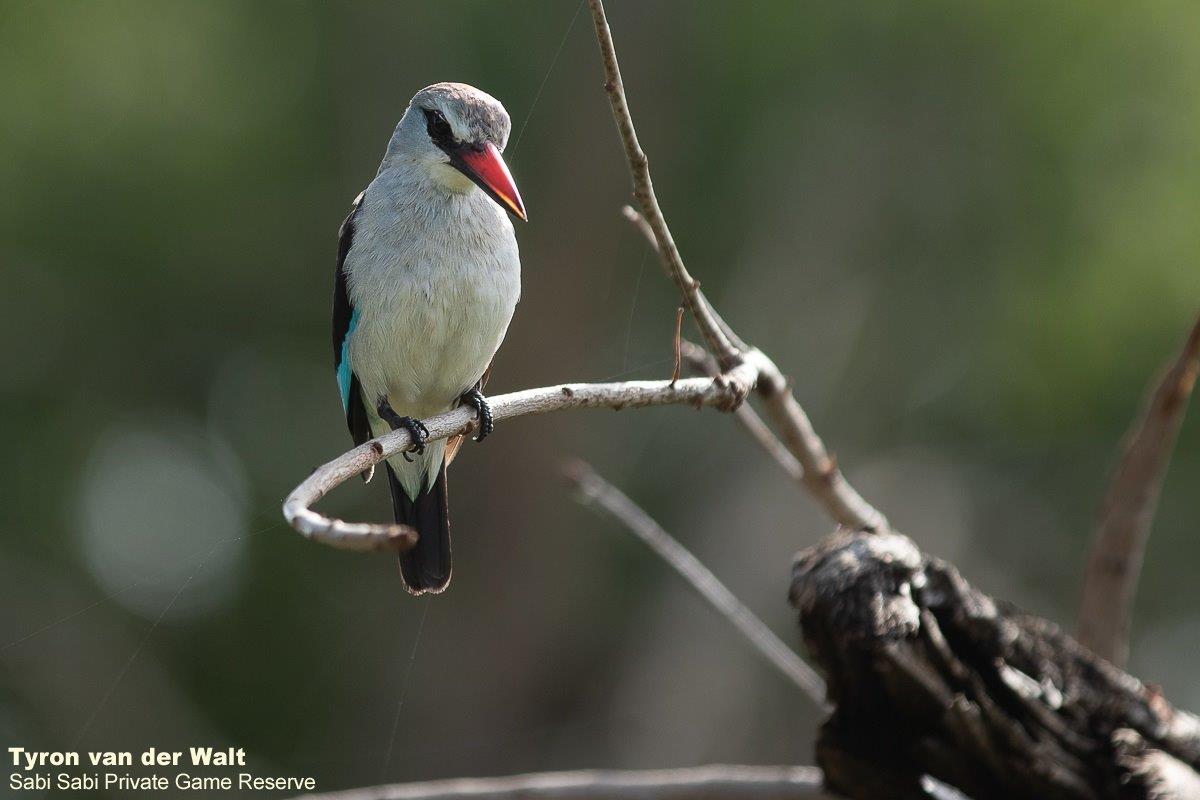Beaks, Feathers & Colours
on May 04, 2021As you have read in the title of this blog, I don’t only want to talk about birds, but also show you some of my pictures of these often beautifully coloured, feathered and sometimes sharp-beaked creatures we call birds.
First of all, what is a bird? By definition, it is a warm-blooded, egg-laying, vertebrate animal distinguished by the possession of feathers, wings, a beak, and typically by being able to fly. Birds also come in a wide range of colours - anything from reds and pinks, to browns, blacks and whites. They also range from something as small as a Hummingbird found in the Northern Hemisphere to the largest, which is an Ostrich, found in the Southern Hemisphere. Some birds also migrate from the Northern Hemisphere to the Southern Hemisphere like some swallows, swifts and eagles. Some birds are known as Intra-African Migrants which means they move further north or south within Africa moving with the warmer weather to breed.
To some people, coming out on a safari into the wild corners of Southern Africa, it is all about the animals and maybe a colourful bird here and there, but their main focus is not on birds themselves. We often get guests coming to Sabi Sabi, who only come to find new birds for the season, or to tick off any unusual birds not often seen but have been seen by a guest prior to them arriving at the reserve. I really enjoy taking birders out because they often have an extensive knowledge about the birds of Southern Africa and so as a guide, we learn from them and broaden our knowledge about these winged animals.
In the beginning of my guiding career, I enjoyed observing birds, but I did not really focus on them, as I found it very difficult to identify some bird species as they looked very similar to other species and then other species looked similar to them, and so on... Another reason is that they do not sit still long enough for you to identify them, and often, as you take out the reference book to try look up what bird it was, the bird has flown away - vanished into thin air just like a magic trick! I tried to learn their calls, but that was also a challenge, if not more daunting than identifying them.
I persevered for a couple of years, and really tried to absorb the knowledge of birds from the other guides, and everything started falling into place. I started learning easy ways of listening to their calls, key features in identifying the smaller LBJ’s (“Little Brown Jobs” - referring to the smaller, similar looking birds) and using patience and persistence to grow a better knowledge about birds and how they go about their daily business.
Now, I’m not saying that I am remotely close to being a birder, but I can honestly say that my bird knowledge has grown exponentially here at Sabi Sabi from the moment I started up until now, which will soon be three years. It also helps when you have a few colleagues that continue to push you to better yourself as a guide in every way.
Here are just some of my pictures showing how patience, persistence, good timing and good luck all work together to identify and capture birds through the camera lens.
A Black-Winged Stilt sifts through the shallow water as it looks for any aquatic insects, tadpoles or small fish.


A Brown-hooded Kingfisher sits patiently as it watches over the area around it, looking for any insects, geckos, chameleons, skinks or snakes small enough for a meal.
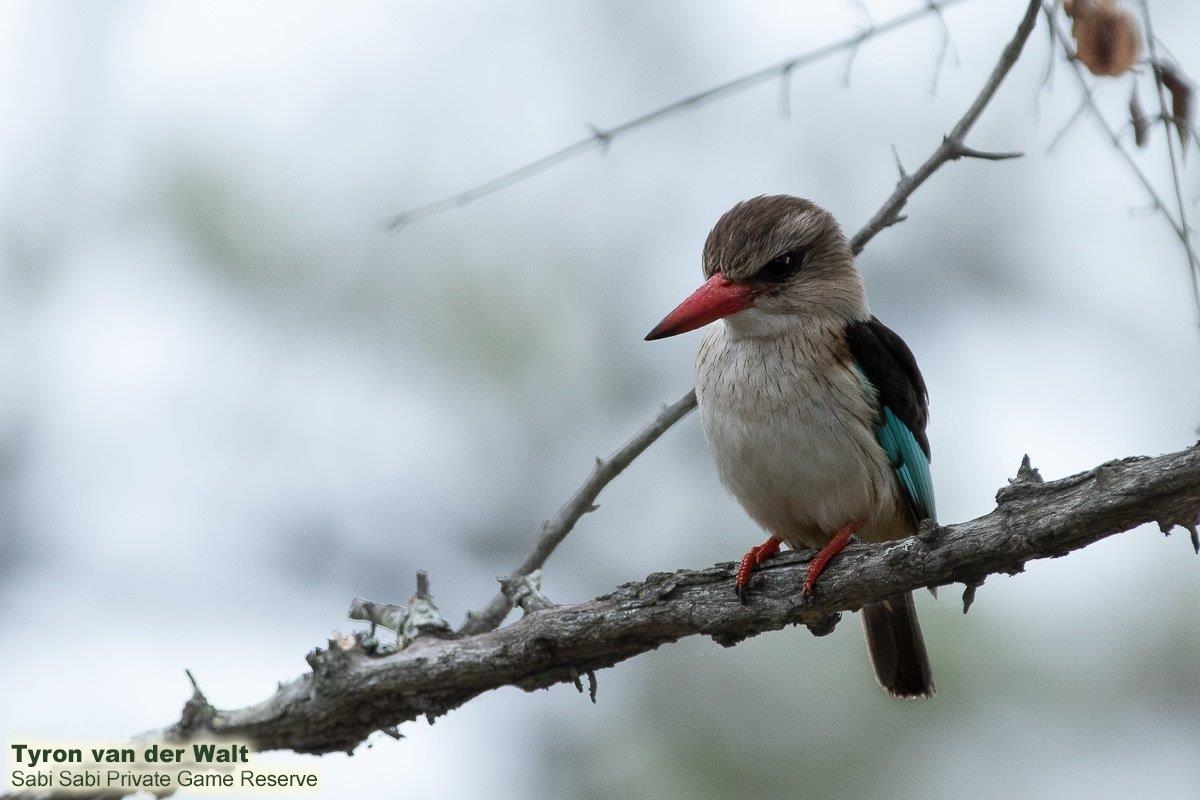
A rare sight of a Grey-headed Kingfisher as it waits for an unsuspecting insect to hop or fly past.
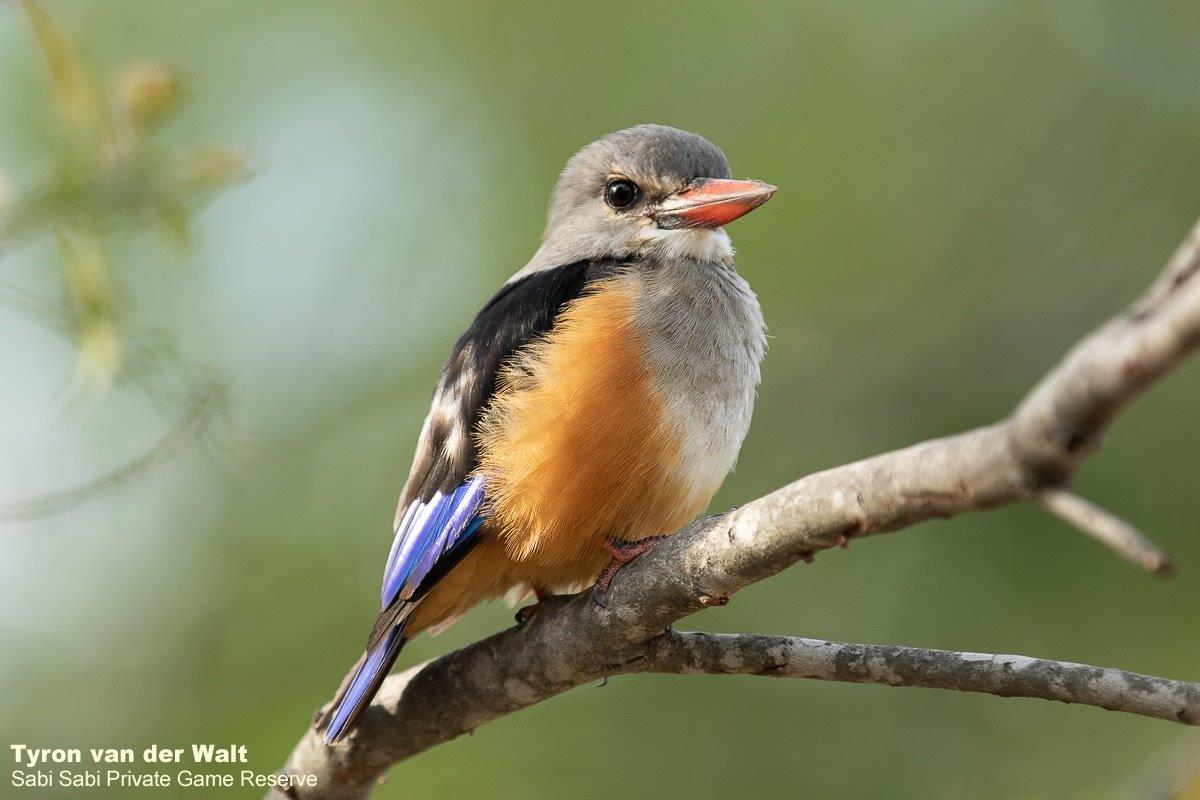
One of the lesser seen raptors, an African Harrier-hawk, hoists a small kill onto a branch of a dead tree to feast upon, safely away from any ground scavengers.
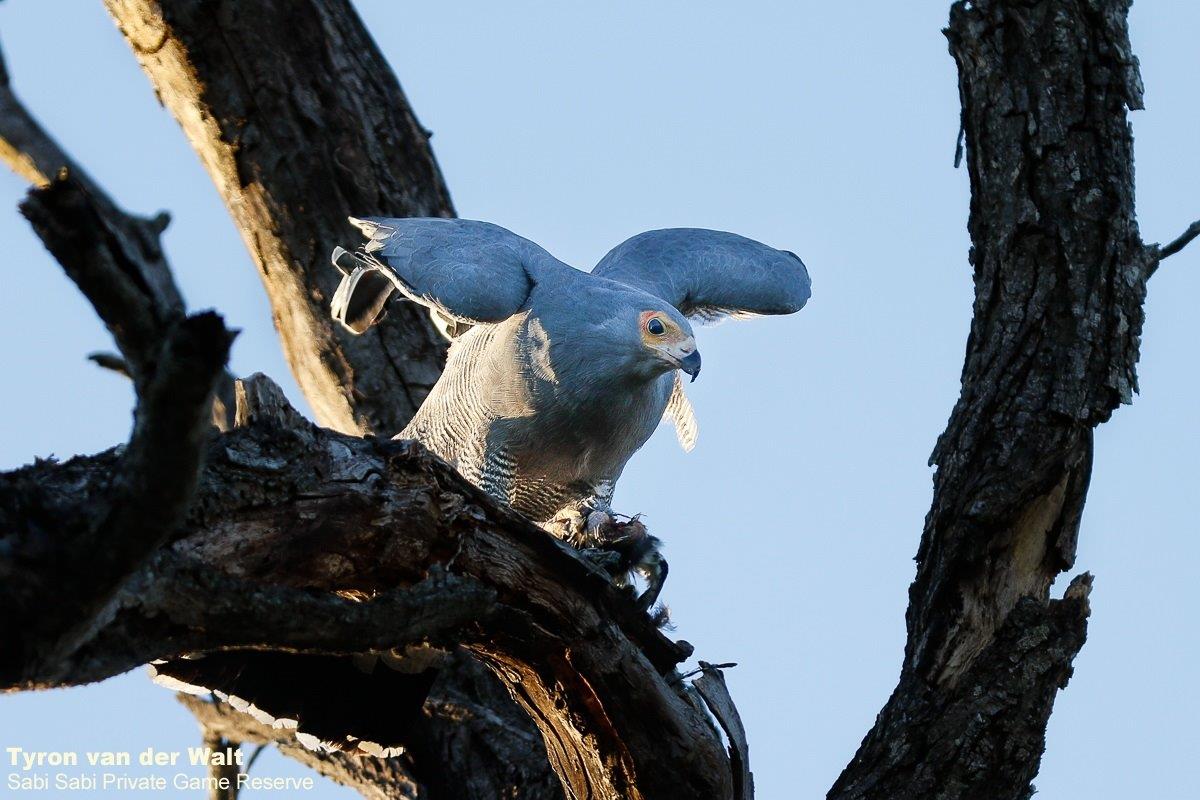
The largest and most dominant vulture we get in Southern Africa, the Lappet-faced Vulture, watches over a carcass after having their fill first before any of the other scavengers.
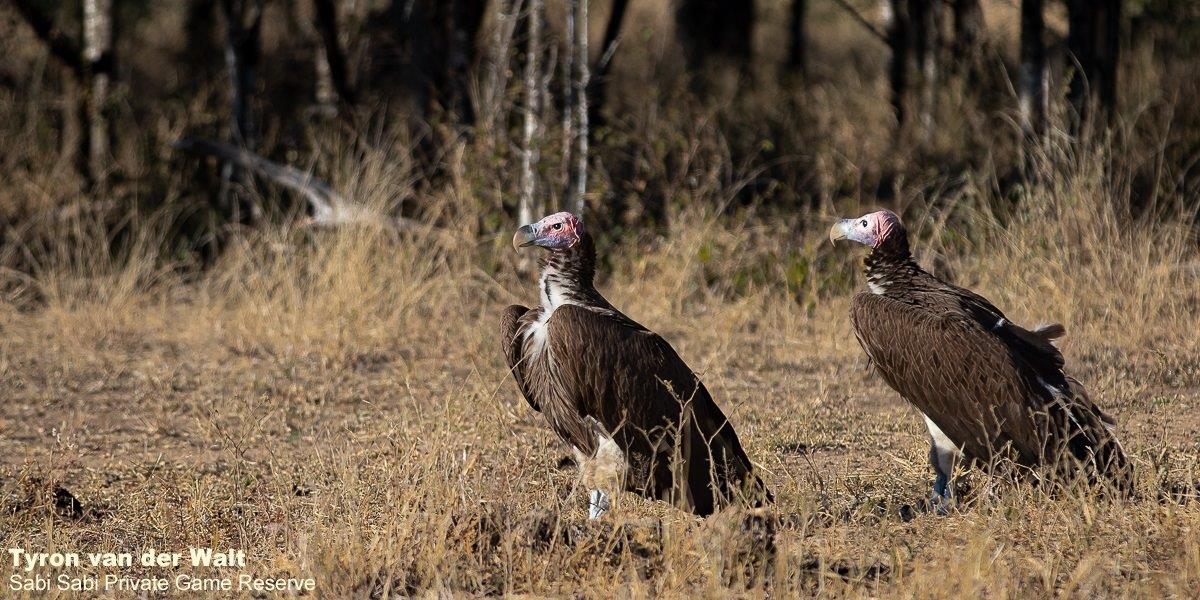
A common resident and a beautiful bird to watch, the Lilac-breasted Roller, is found in grasslands and often trailing larger herbivores in search of a meal that is stirred up and out of the grass by passers-by.


Given the name Bee-eater, these Little Bee-eaters, often catch bees, wasps, and any other flying insects on the wing (meaning as they fly about), but don’t usually sit still for long. I was lucky enough to photograph two individuals that briefly posed before flying off again.
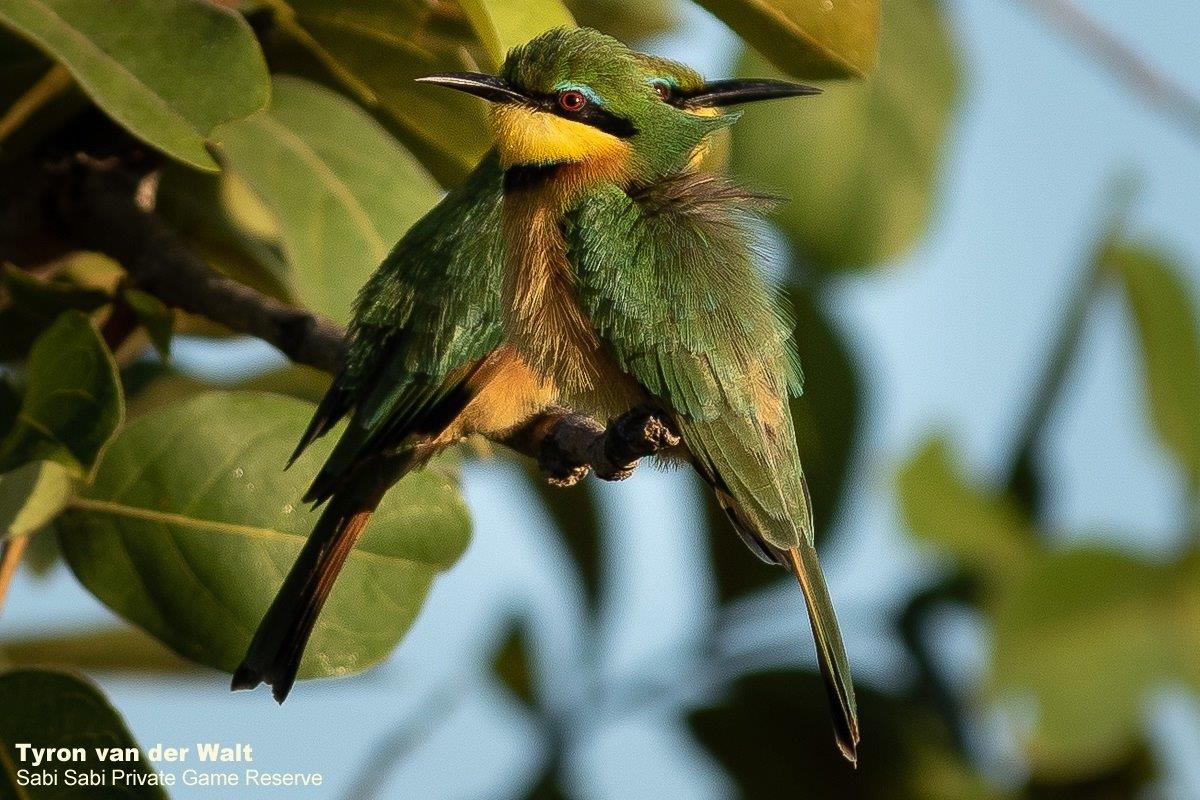
It is a rare sighting to first of all see a Martial Eagle, but to see it actually quite close and eating what looked like a small ground bird, was an unbelievable sighting.



What a treat to actually find this Pearl-spotted Owlet during the day. With their camouflage, it is really tricky to find them at all. They are often active by day, but hunt and call by night often looking for insects, bats or small rodents.


Late one morning, I came across this female Saddle-billed Stork hunting in an open area that had been flooded and now had a few puddles everywhere. It was in search of any form small mammal, frog or reptile in the puddles. As I waited patiently, it cocked its neck and released it spearing a frog in the water. Success! It now had a meal which it swallowed whole and carried on hunting.





Two Southern White-crowned Shrikes forage for invertebrates in an area that was burnt by a controlled fire during the winter season.
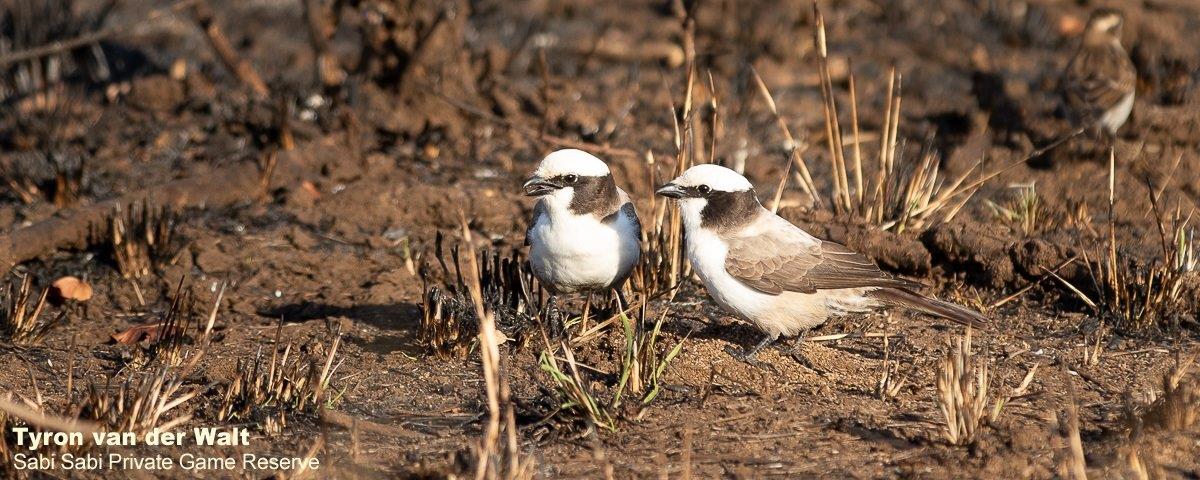
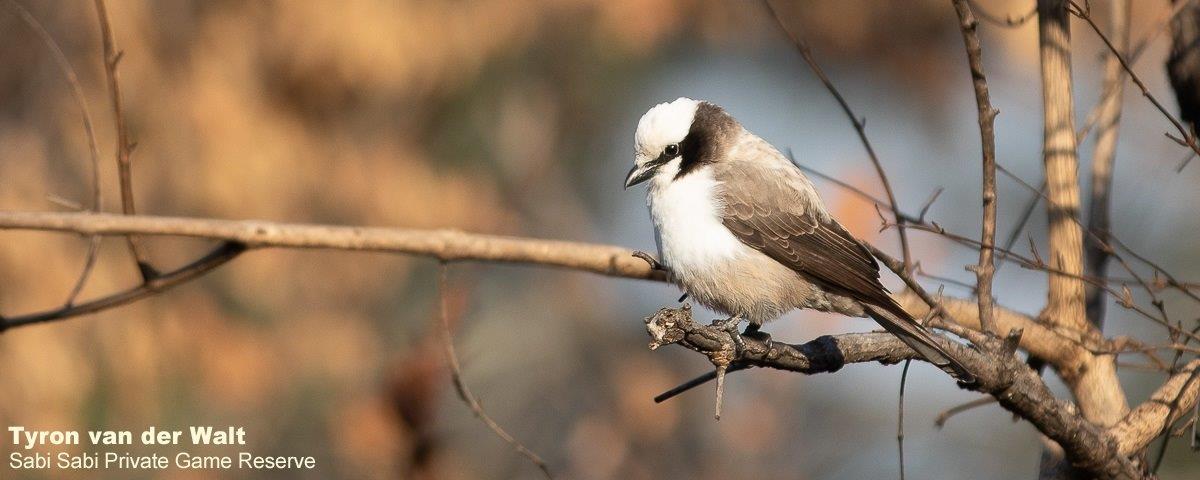
Early one morning, I found this Tawny Eagle finishing up on the remains of what looked like a genet. The genet must have been moving around as it started to get lighter after a night of searching for food. But before it could get to safety, the Tawny Eagle must have spotted it and taken a chance and caught it.



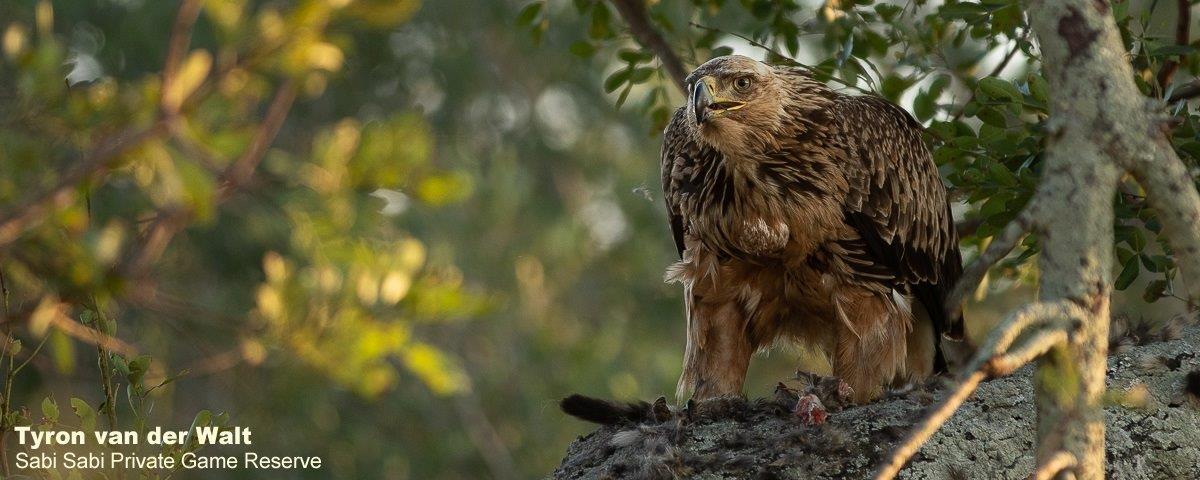
Two Wahlberg’s Eagles groom each other, all just enforcing bonds between the two individuals.


A White-backed Vulture watches and waits for its turn to scavenge some meat from an old carcass that has been taken over by a group of hyenas.
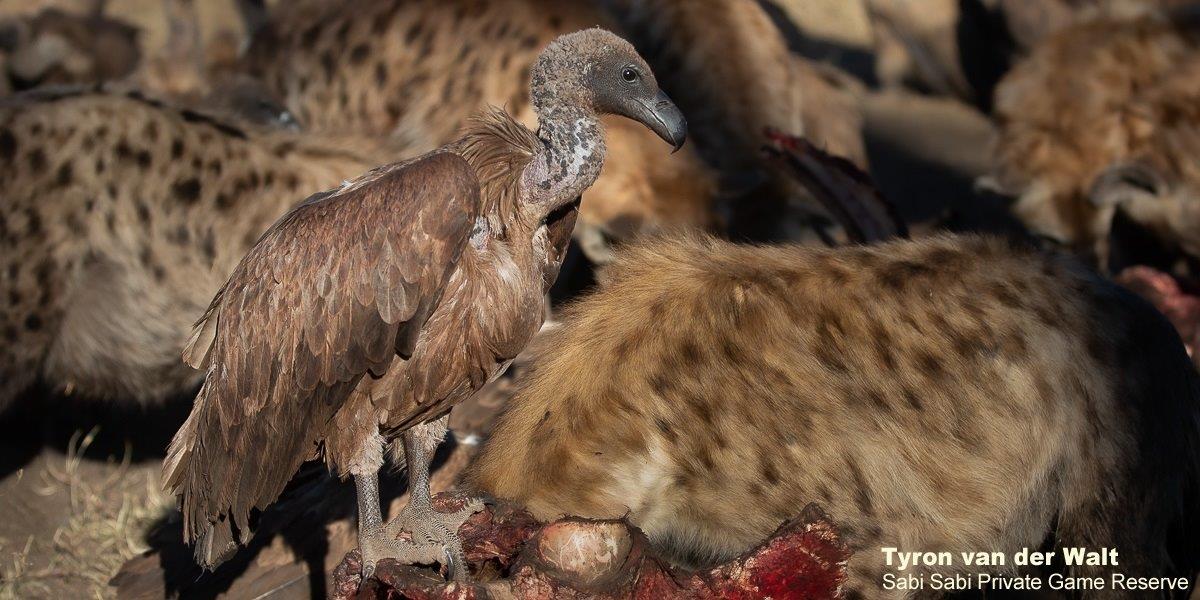
The beautiful Woodland Kingfisher, who is a summer migrant, waits on a branch not too far from water in the hopes of a meal such as a grasshopper or lizard walking or flying past to take its chance.
